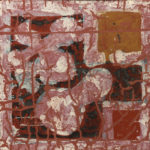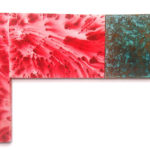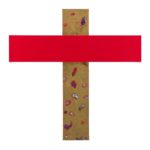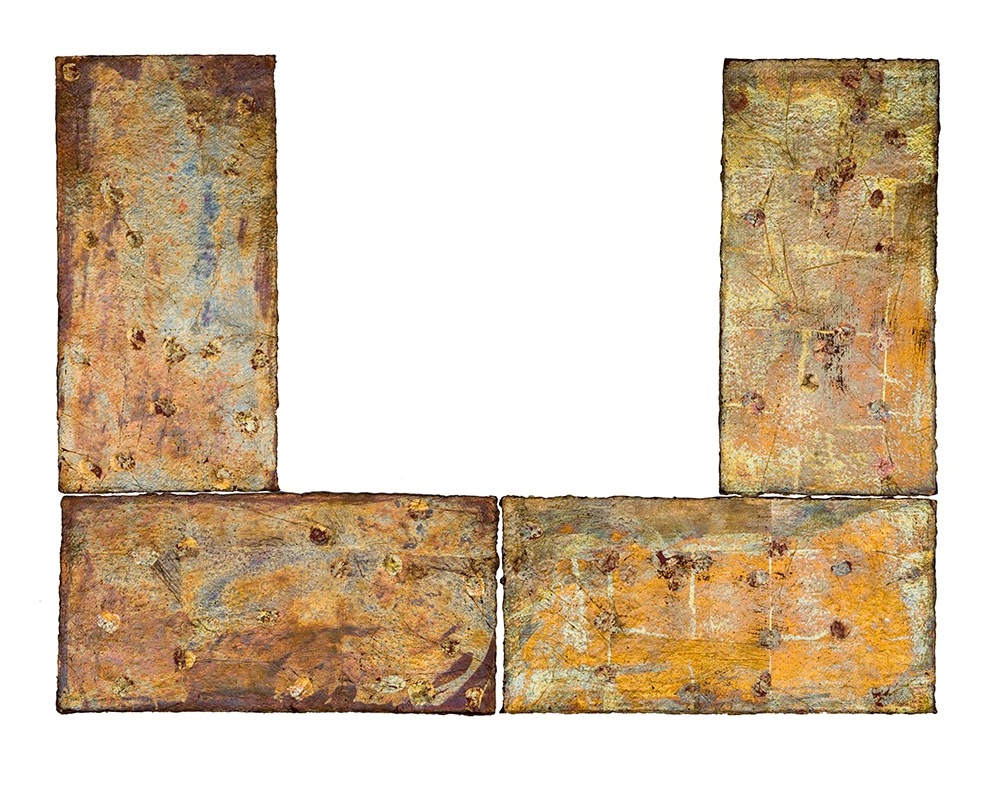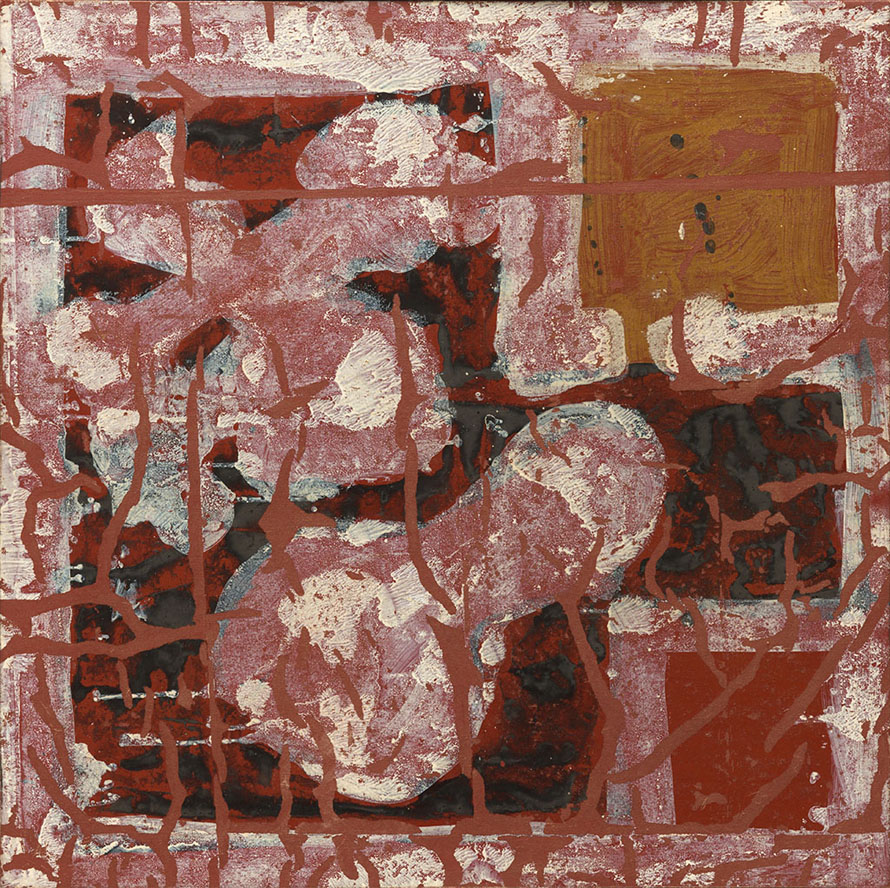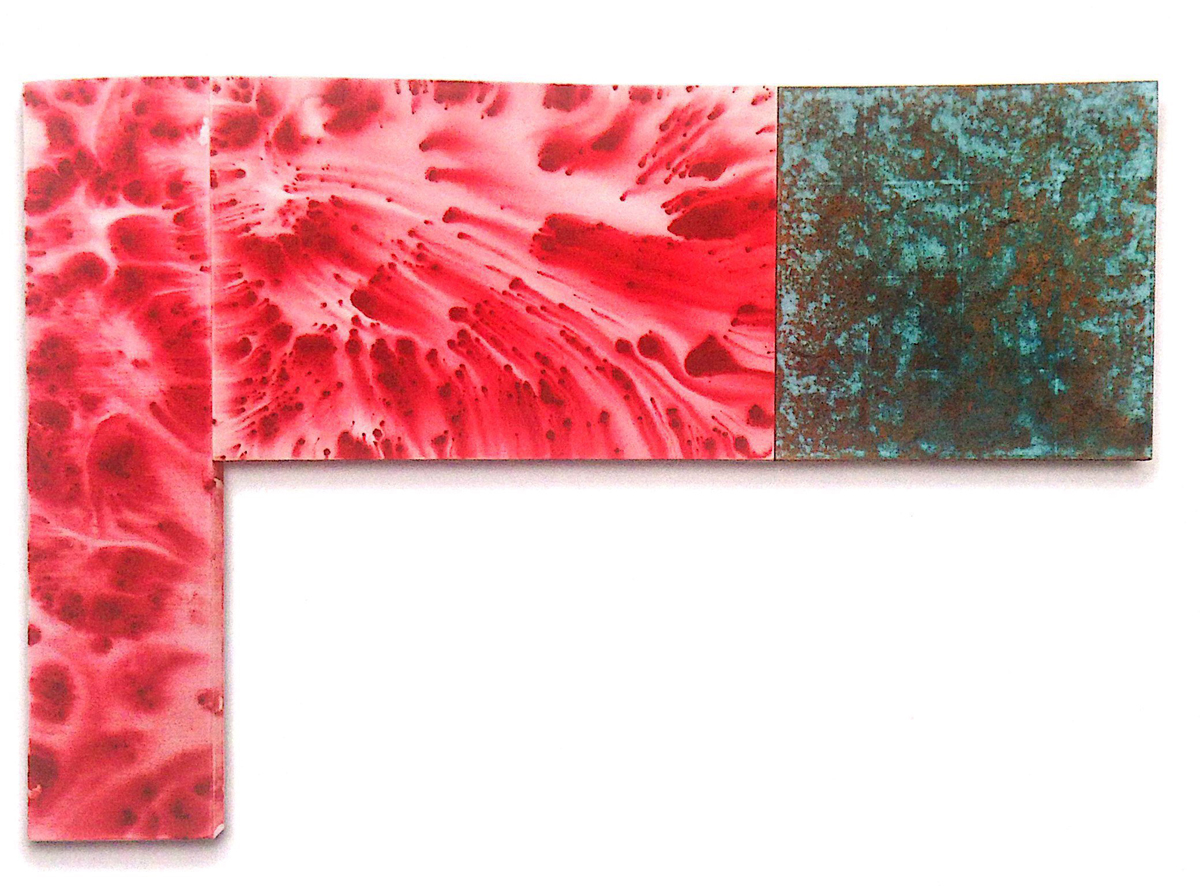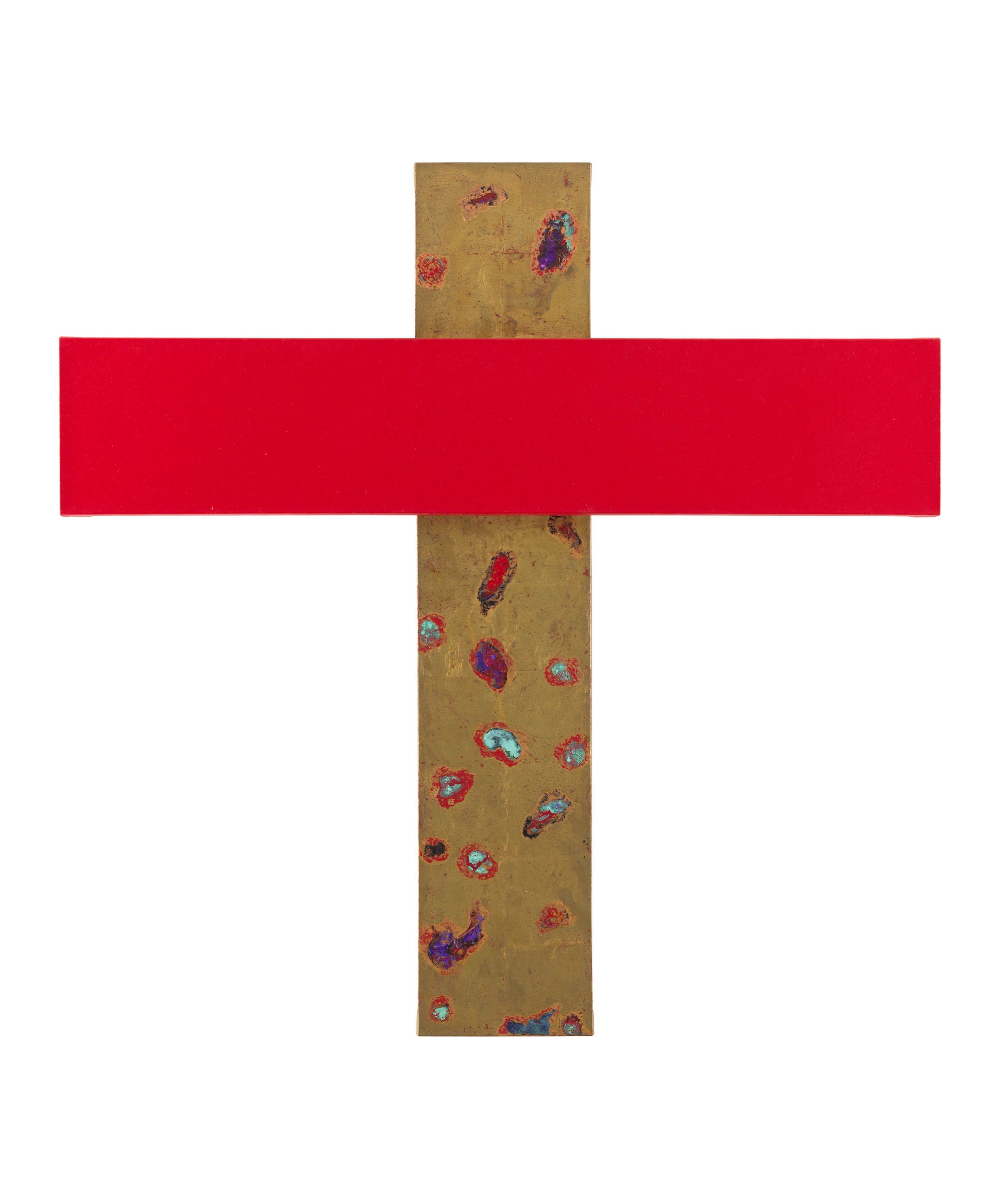Artist that deeply marks the Brazilian art with his work since the 60’s, using the most varied forms and materials for the creation of esthetical ideas, and an intelligence and a rigor in his freedom of execution, Antonio Dias has a very personal style of painting in the construction of a fine arts-visual poetry, acknowledged by the critics, the market and by influencing and being a reference to other artists, mainly a new generation, opening new possibilities for painting when creating a unique artwork.
He was born in Campina Grande, Paraíba, in 1944. His first exhibition was in 1962. In 1964, he earned the Prêmio Isenção de Júri Award in the Salão Nacional de Arte Moderna. In 1965, he won the Prêmio de Pintura Award of the Paris Biennial. In that same year, he went on to live in Europe, and settled in Cologne, Germany, from 1989, going back and forth between Brazil and Europe. He participated intensively of collectives and biennials (he participated in the São Paulo one several times as of 1981), with his work present in several private and museum collections, such as the Museum of Modern Art in New York.
What kind of stimulus (or stimuli) triggers the creation of your work?
Regarding painting, in this moment of work, my interest lies in the exploration of materials that produce new surfaces. It’s me experimenting with myself. I can’t work with colors found in tubes or an ink pot. I rather find materials that produce the color in another way. The use of metal leaves, which continuously change color due to oxidation, causes the emerging of unusual colors.
Other points that highlight your artwork are irony and humor. Does this come from an external world or an experimental freedom?
I believe that every artist works to express their relationship of freedom with the world. It is one of the pleasures of this tough condition of being an artist.
There is a sensitivity of the time and an opening for new possibilities of painting in your work, in addition to an intelligence of the creation and a precise rigor. Does this continue? In what way?
Experimenting is necessary. Repeating is boring, in addition to not adding anything. It is necessary to think.
In interview, you stated: “I keep rejecting the way of purely imaginary invention, as much as a language full of footnotes: the description of the description of the description. For me, the act of creating is almost confused with the physiology of the look”. Is your work still connected with this consciousness and this living?
It’s hard to start by a sentence removed from its context. Certainly, work continues conscious of its objectives and motivations. This is manifested in the sequence of canvasesm a set if “Autonomias”, paintings over modulated canvases in the past years (my production continues extremely reduced, I need a lot of time to assemble a series of works like these), in addition to another set, “2+2”, with applications of gold leaves and copper over cotton paper. In the series “Autonomias”, the interest of the work is focused, initially, on the choice of how to treat, individually, the modulated surfaces that compose each painting. In the creation of a series, the parts are seeking new solutions or experiences, whether in the color field, whether in the formal field. It’s like saying that each component, maintaining its individuality, is a part of a set of different forms that proposes a new model in its final organization. As a cell and a body. “2+2” has a ludic model, the formal organization continuously disputes over territory with marks inserted over metal leaves, patches of chance that fortunately happen, breaking ordinariness.
How do you define works for an exhibition?
I tried to build an idea of what would be necessary for an exhibition that could present to the Salvador audience the work developed in the last years. Seven years ago, the Museu de Arte Moderna of Bahia presented an anthological exhibition of the works from 1968 until then, called “O País Inventado”, sponsored by Petrobras. But there were few recent works, especially few recent paintings. I think this exhibition fills that gap.
(interview/May, 2007)



